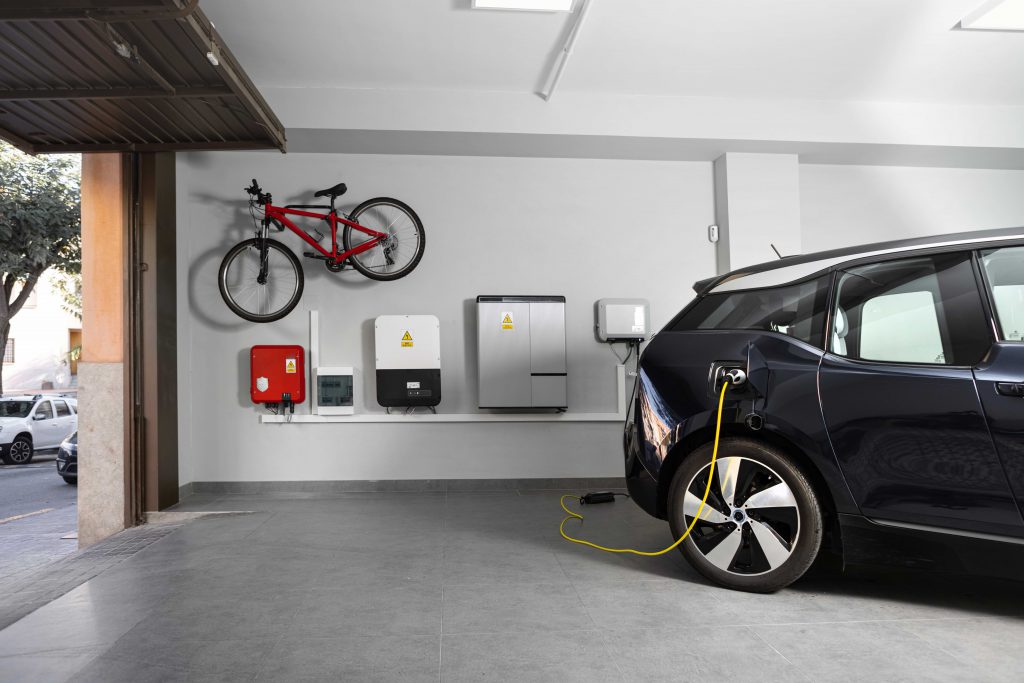As the world shifts towards sustainable energy solutions, the use of batteries, especially those designed to store solar energy, has seen a significant rise in residential buildings. These batteries promise efficient energy consumption, allowing homeowners to harness solar power during the day and utilize it during the night. But with this new technology comes a set of challenges, particularly concerning fire safety.

The Promise of Home Batteries
Home batteries, particularly those paired with solar panels, offer a smarter approach to energy consumption. By storing electricity generated during the day, homeowners can tap into this reserve during the evening and nighttime, ensuring a consistent power supply. This system is especially beneficial for those with solar panels, allowing them to maximize their solar energy usage and reduce reliance on the grid.
The Explosive Risk
However, the increasing prevalence of these batteries brings forth safety concerns. Batteries, especially lithium-ion ones, can pose a fire risk if mishandled or overcharged. When a lithium-ion battery overheats, it can undergo a phenomenon known as "thermal runaway." This process sees the battery’s electrolyte evaporate, leading to increased internal pressure. The result? The release of flammable gases, akin to propane, which can ignite and result in a fire.
Furthermore, if a fire occurs near a battery, the heat can trigger the release of these gases. If there’s an ignition source nearby, these gases can catch fire. To add to the danger, these batteries can also emit toxic gases like hydrogen fluoride, which can be lethal when inhaled.
A Challenge for Firefighters
Battling fires involving lithium-ion batteries presents unique challenges. Research indicates that even if a battery fire seems extinguished, it can reignite hours, days, or even weeks later. This unpredictable behavior makes it imperative for firefighters to approach such incidents with added caution.
Additionally, batteries vary in their composition, leading to different reactions during fires. For instance, while water might douse a lithium-ion battery fire, spraying water on a battery containing pure lithium could produce hydrogen, a flammable gas, exacerbating the situation.
The Regulatory Gap
Despite the evident risks, there’s a glaring absence of specific regulations regarding battery installations in buildings. This oversight can be attributed to the novelty of the technology and the lack of comprehensive research on ensuring the safety of buildings equipped with batteries.
Conclusion
While home batteries, especially those paired with solar panels, promise a greener and more efficient future, it’s crucial to approach their adoption with caution. Homeowners should be well-informed about the potential risks and best practices for battery usage and storage. As the technology continues to evolve, it’s imperative for regulatory bodies to establish guidelines that ensure the safety of residents and the broader community.

 Open Immovlan
Open Immovlan